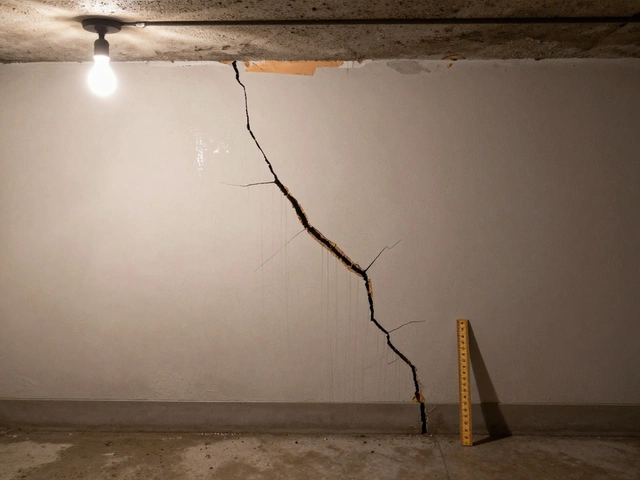Contractor Pricing: How to Gauge Rates, Estimates, and Project Costs
When working with contractor pricing, the set of fees, hourly rates, and total project estimates that builders charge for labor and materials. Also known as contractor rates, it directly shapes budgeting decisions for homeowners, developers, and property managers.
Understanding construction costs, the overall expense of building materials, labor, permits, and equipment is the first step toward accurate contractor pricing. Construction costs influence every quote you receive because they form the baseline that a contractor adds profit margins and overhead to. Likewise, renovation budgeting, the process of allocating funds for design, demolition, and finishing work in a remodel determines which price tier a project falls into. A tight renovation budget often forces contractors to propose lower‑cost materials or phased work, which in turn modifies the final pricing structure.
Key Factors That Shape Contractor Pricing
Three core attributes drive the numbers you see on a quote: labor rates, material costs, and project scope. Labor rates vary by region, trade skill level, and whether a contractor works solo or through a crew. Material costs fluctuate with market demand—think timber price spikes or steel shortages—and can add a surprising percentage to the total. Project scope covers everything from square footage and structural complexity to specialty finishes and code compliance. When you combine these three, you get the semantic triple: Contractor pricing encompasses project estimates, which require detailed material takeoffs, and depends on labor rates. Ignoring any one piece can lead to surprise overruns later.
Another related entity is the home repair quote, a short‑term estimate for fixing, replacing, or maintaining specific elements of a residence. While a home repair quote may look simpler than a full renovation budget, it still rests on the same pricing principles. Accurate quotes hinge on a clear assessment of the issue, a list of required parts, and a realistic labor hour count. This connection creates the triple: Accurate home repair quotes influence overall contractor pricing by highlighting hidden labor or material needs.
Location also matters. Contractors in high‑cost cities often embed higher insurance, travel, and licensing fees into their rates. Conversely, contractors in rural areas might offer lower base prices but charge extra for material delivery. Understanding this geographic impact helps you compare quotes on an apples‑to‑apples basis. It’s why many homeowners request a breakdown of costs—seeing labor versus material versus overhead gives a transparent view of where each pound is going.
Finally, timing can swing pricing dramatically. Peak construction seasons bring higher demand, which can push rates up, while off‑season periods may yield discounts or flexible payment terms. Knowing when to schedule a project can save you a noticeable chunk of the budget. The collection below shows how these ideas play out in real‑world scenarios—from roof replacement cost breakdowns to smart storage budgeting—so you can apply the concepts to your own projects with confidence.
Roof Work Costs: Why Is Roofing So Expensive?
Roof work often shocks homeowners with its price tag, leaving many to wonder what drives up the cost. This article breaks down the real reasons behind expensive roofing projects, from labor and materials to safety and insurance. It uncovers hidden details that roofers don't always mention up front. Tips for trimming costs and understanding a roofer's estimate are included. Get a clear look at what you're really paying for when fixing or replacing a roof.
full article




